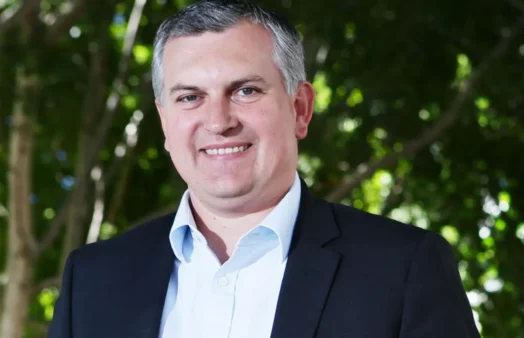07 October 2022
Northern Rivers co-operative, Norco has announced it will rebuild its ice cream factory on its current site in Lismore.
Norco has accepted a $35 million anchor business grant, will redirect an $11 million grant received before the floods and will co-contributing more than $59 million.
Read the full story on ABC News.
Last week BCCM CEO Melina Morrison spoke with Kim Honan on ABC Mid North Coast Rural Report last week about the need for Government to think about what is required to retain 170 jobs and vital dairy capacity in the Northern Rivers region in NSW, and indeed, in Australia, in the lead up to Norco’s 5 pm deadline last Friday to accept government funding.
“I’m not just concerned for the people of Lismore, the workers, the employees of this wonderful locally owned business, and for the farmers that generate the milk that supplies the factory, I’m concerned for Australia’s food security. We have lost so many domestically owned value-added food processing businesses and this means that Australia is a net importer of many of those products in the food and beverage industry that we rely on at our kitchen table,” said Melina Morrison.
And what sort of impact would you see the loss of the ice cream factory having on the local community and the economy?
“Norco is a 137-year-old organisation business. It is Australia’s last significant farmer-owned, and I mean wholly domestically owned dairy processor. So it’s going to have a flow-on impact, not only for the local economy, and we know that it is an anchor business in Lismore and in Northern Rivers. In fact, a study that we did in 2021 found the total contribution of co-ops, including Norco, but some other wonderful co-operatives in the region, to the regional economy was $2.4 billion in income levels and more than 11,500 jobs in total. Now Norco is the largest entity in the Northern Rivers co-operative economy, so the loss of that factory, if it’s not able to rebuild and reopen, will be quite dramatic.
Now you’ve actually written to the NSW Government asking it to provide the necessary funding for Norco to start the rebuild of the factory
“It’s not for us to second guess where governments should apply subsidies and rebuilding and recovery funding. There are so many people across the region, and so many organisations and businesses that need help. We’re simply asking that in the cost-benefit analysis, the Government also thinks about the types of businesses that it needs to rebuild and maintain a healthy NSW economy. I’m talking about food security here. It’s just inconceivable that a population of 20 million people and I think it’s over 7 million in NSW would not have a domestically owned advanced dairy processor. We need to weigh up all of the issues. Of cause, it’s a very difficult situation, for our budgets, our tax-funded budgets. It’s also very difficult for business owners. And these are primary producer, farmer-owned entities.”
Is there a specific figure that you’ve asked the government for on behalf of Norco? We already know the $34.7 million offer is on the table but Norco is seeking an additional $9 million from both Federal and State Governments.
“We haven’t put any specific figure, that’s really for government and for Norco, the business itself, to discuss. We’ve focused our comments on the need for Government to think about what is required to retain 170 jobs and vital dairy processing capacity in the Northern Rivers region in NSW, and indeed, in Australia. So we’ve asked for those considerations. One other thing that is really important to point out, is that businesses in Australia, depending on their structure, have different access to capital raising. Co-operatives cannot as effectively or quickly go to the market. They’re not listed businesses. They can’t issue capital to outside investors without disrupting their co-operative structure and simply raise the capital that another business, a different type of business, for example a shareholder owned, where we don’t know where full ownership lies, can raise capital more ably. So we also need to think about plurality and diversification of business models in our economy. And again, $9 million, $35 million, it’s all a huge amount of money, but when you think about the investment long-term, how does it actually stack up in terms of a cost-benefit analysis?”


